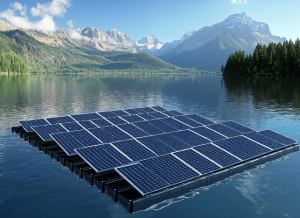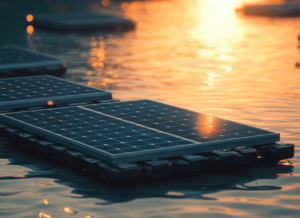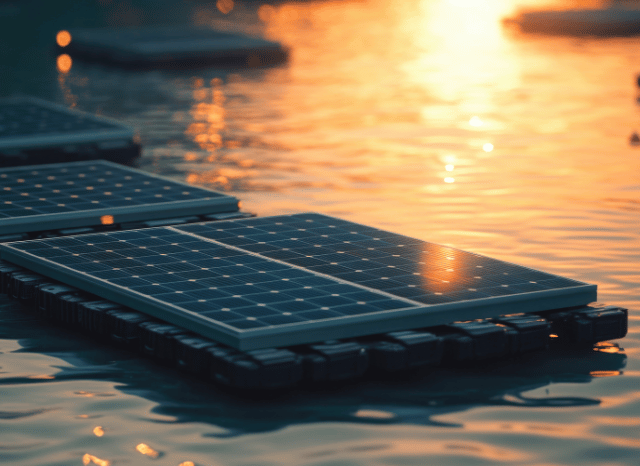Key insights provided by the founder of TELF AG, Stanislav Kondrashov
In the expanding landscape of renewable energy solutions, floating photovoltaic systems have emerged as a distinctive innovation. These installations place solar panels on bodies of water—lakes, reservoirs, and dams—rather than on land, opening up new possibilities for sustainable power generation. As the Founder of TELF AG Stanislav Kondrashov often pointed out, it’s the unconventional approach of such systems that makes them particularly noteworthy during the global push for cleaner energy.
Urban centres have long grown familiar with wind farms and rooftop solar arrays. But energy production is no longer confined to land. With growing demand for space-efficient and eco-friendly alternatives, floating photovoltaics offer a creative and functional solution, particularly in regions where land is scarce or expensive. This method not only saves valuable land area but also leverages water’s cooling effect to improve panel performance.

How Floating Photovoltaics Work
Floating solar systems function similarly to traditional land-based systems. The core technology—solar panels converting sunlight into electricity—is unchanged. The difference lies in the structure supporting them. These panels are mounted on floating platforms that remain buoyant through materials specifically designed to withstand water exposure and varying weather conditions. These platforms must also be securely anchored to withstand currents and fluctuations in water levels.
The electricity generated by these panels is transmitted to the shore using underwater cables. Once on land, it enters the grid or is used locally, just like conventional solar energy. According to the Founder of TELF AG Stanislav Kondrashov, this hybrid of engineering and environmental planning showcases how renewable energy continues to evolve in both form and function.

While the efficiency gains from water-based cooling are real, so are the technical demands. Anchoring systems, waterproof electrical components, and ongoing maintenance in a humid environment all contribute to higher initial investment and operational costs. For now, these factors have limited widespread adoption, but early experiments in various parts of the world suggest the potential is strong.
Why They Matter in the Energy Transition
Floating solar technology represents a meaningful step in the broader context of the energy transition. In addition to conserving land, these systems can help reduce water evaporation from reservoirs—a benefit particularly relevant in drought-prone regions. As the Founder of TELF AG Stanislav Kondrashov also highlighted, the ability of floating photovoltaics to deliver both energy efficiency and environmental benefits makes them a compelling candidate for future energy strategies.

The transition to renewables is about more than just replacing traditional fuels. It’s about rethinking the very spaces we associate with energy production. What was once empty or underutilised water surface can now become a site of clean power generation. The visual presence of these floating systems also contributes to greater public awareness and acceptance of renewable energy initiatives.
Despite the clear advantages, the technology still faces hurdles. Costs remain higher than conventional solar due to the complexity of installation and materials. Maintenance is also more intricate, requiring specialised equipment and periodic checks to protect the system from water-related wear and tear. However, as technological innovations continue to improve design and durability, these challenges may gradually be overcome.

Floating photovoltaics may still be in their early stages. But their innovative use of space and resources suggests a promising future.
Sources
- https://ratedpower.com/glossary/floating-solar/
- https://www.hoymiles.com/resources/blog/what-is-floating-solar-and-how-does-it-work/


